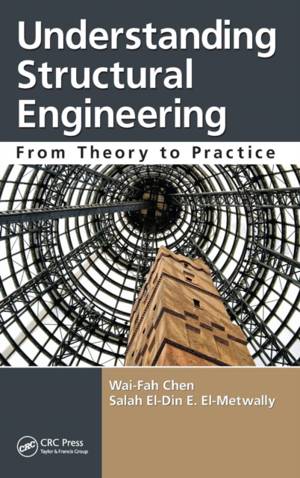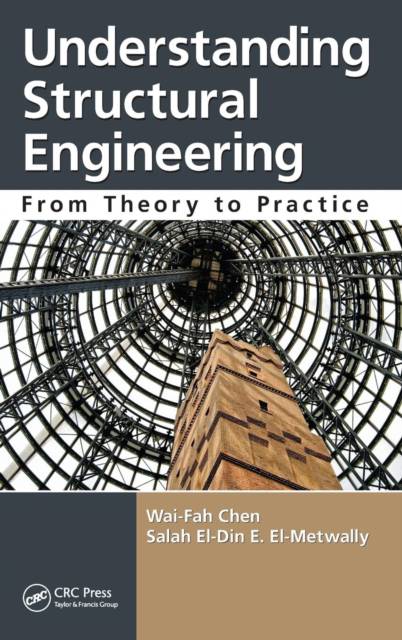
- Retrait gratuit dans votre magasin Club
- 7.000.000 titres dans notre catalogue
- Payer en toute sécurité
- Toujours un magasin près de chez vous
- Retrait gratuit dans votre magasin Club
- 7.000.0000 titres dans notre catalogue
- Payer en toute sécurité
- Toujours un magasin près de chez vous
Understanding Structural Engineering
From Theory to Practice
Wai-Fah Chen, Salah El-Din E El-MetwallyDescription
In our world of seemingly unlimited computing, numerous analytical approaches to the estimation of stress, strain, and displacement--including analytical, numerical, physical, and analog techniques--have greatly advanced the practice of engineering. Combining theory and experimentation, computer simulation has emerged as a third path for engineering design and performance evaluation. As a result, structural engineers working in the practical world of engineering must apply and, ideally, thrive on these idealizations of science-based theories.
Analyzing the major achievements in the field, Understanding Structural Engineering demonstrates how to bring science to engineering design. This book illustrates:
- Key conceptual breakthroughs in structural engineering in the twentieth century
- The science of structural engineering from basic mechanics and computing to the ultimate process of engineering design
- How engineers implement theory to practice through idealizations and simplifications
- Current and future trends in structural engineering
Developments and advancements in structural engineering hinge on a few key breakthroughs in concepts, simplifications and idealizations. Simplification, inherent in the art of structural engineering, is a key theme throughout this book. But the authors go further. Their clear explanations of the role and impact of new, science-based developments shows you how to put them into practice.
Spécifications
Parties prenantes
- Auteur(s) :
- Editeur:
Contenu
- Nombre de pages :
- 272
- Langue:
- Anglais
Caractéristiques
- EAN:
- 9781439827109
- Date de parution :
- 24-05-11
- Format:
- Livre relié
- Format numérique:
- Ongenaaid / garenloos gebonden
- Dimensions :
- 157 mm x 234 mm
- Poids :
- 521 g

Les avis
Nous publions uniquement les avis qui respectent les conditions requises. Consultez nos conditions pour les avis.






